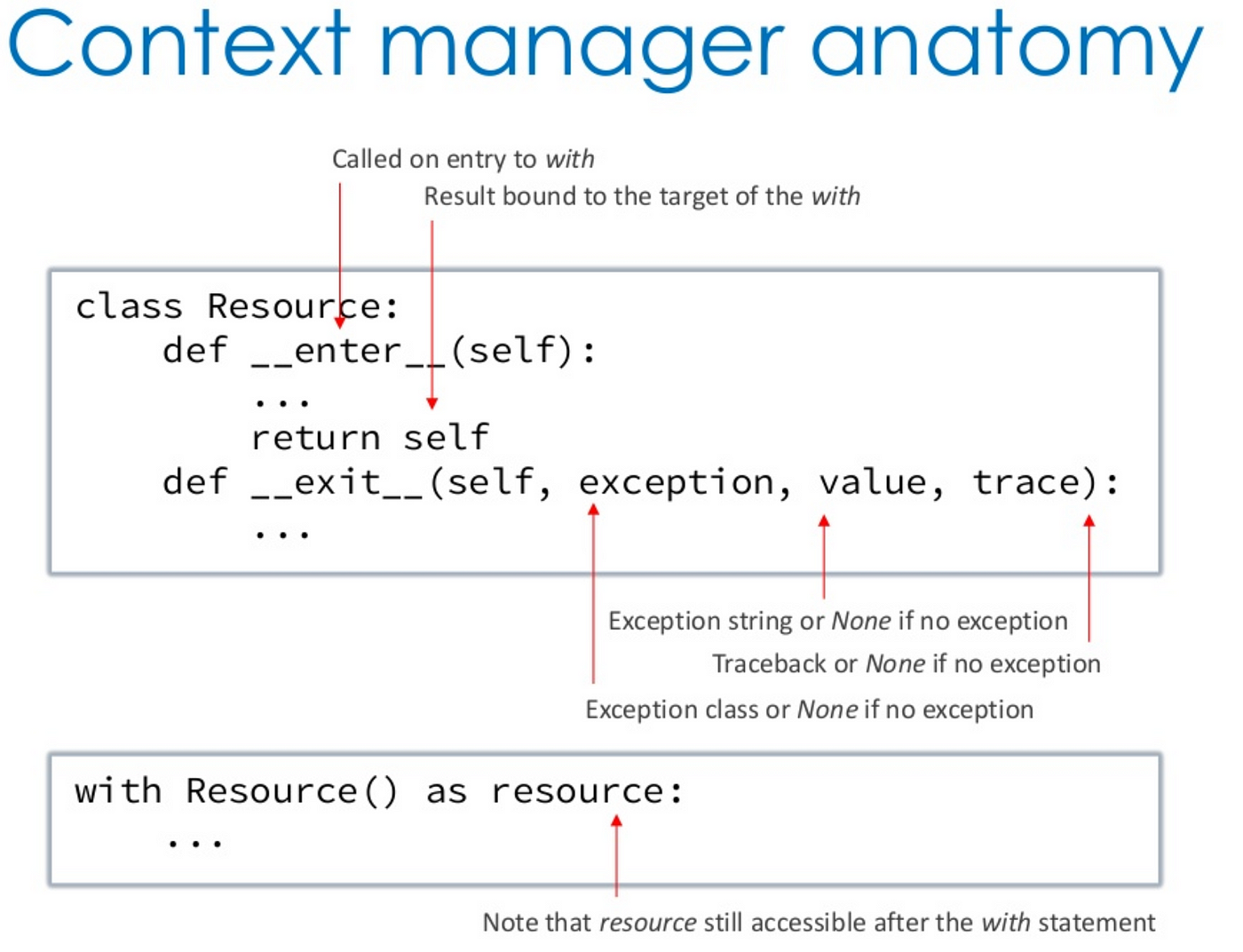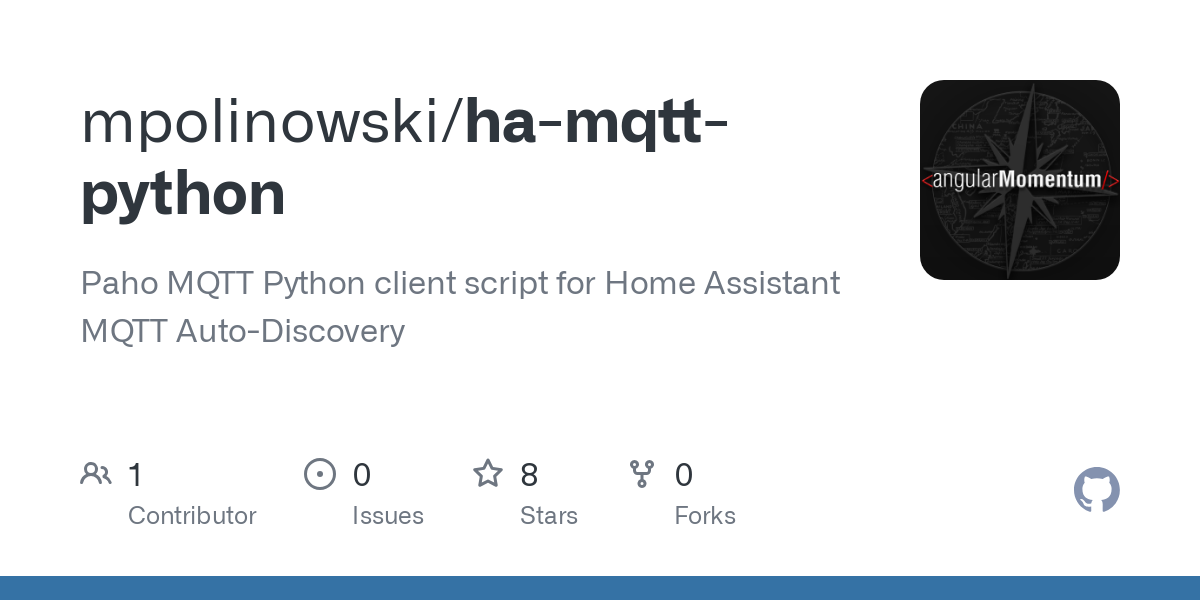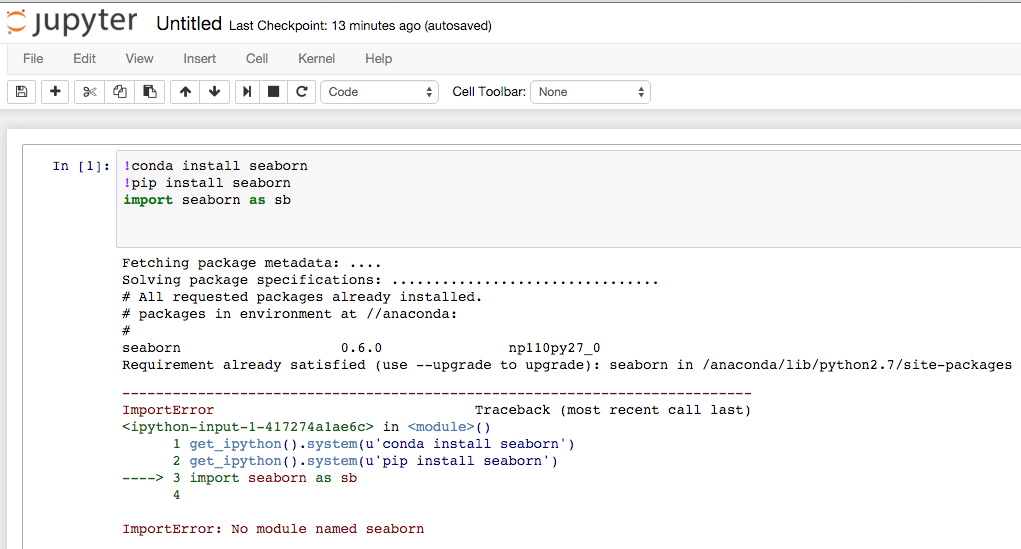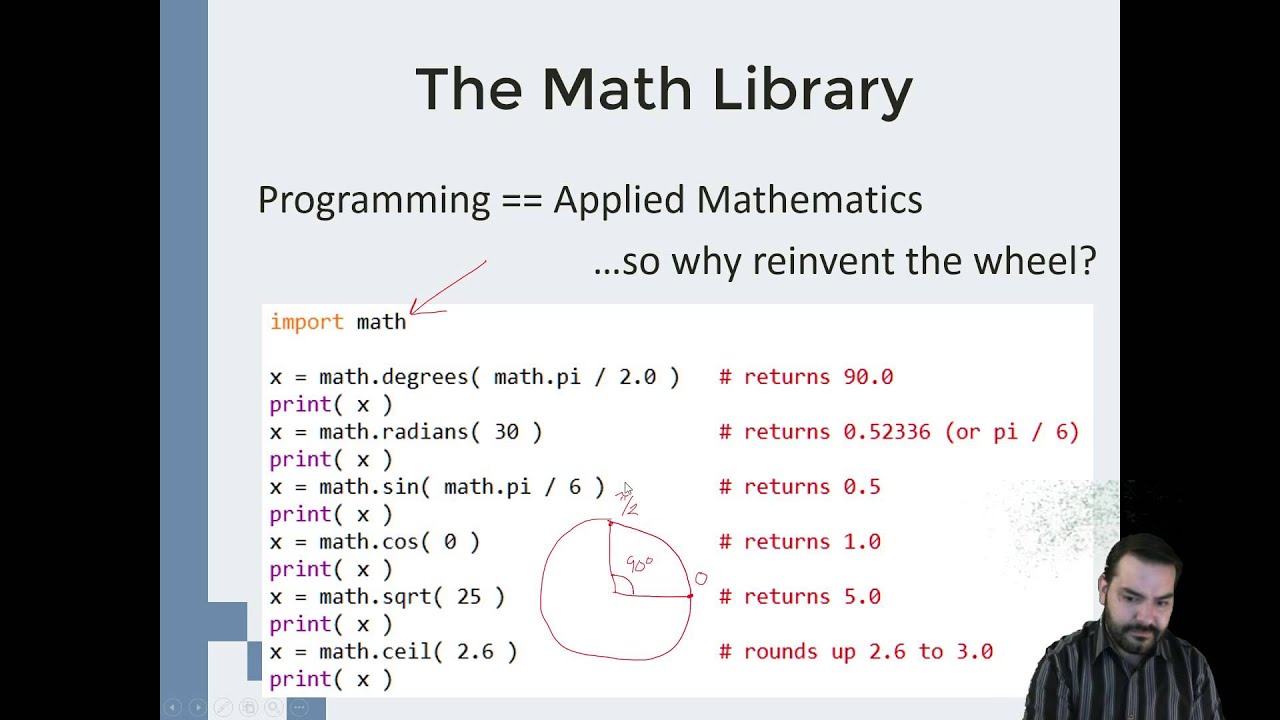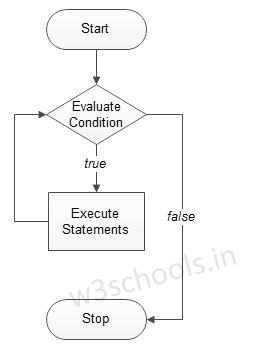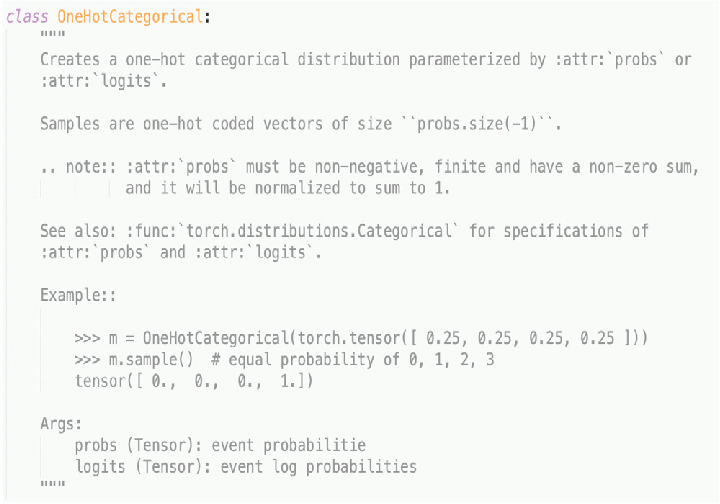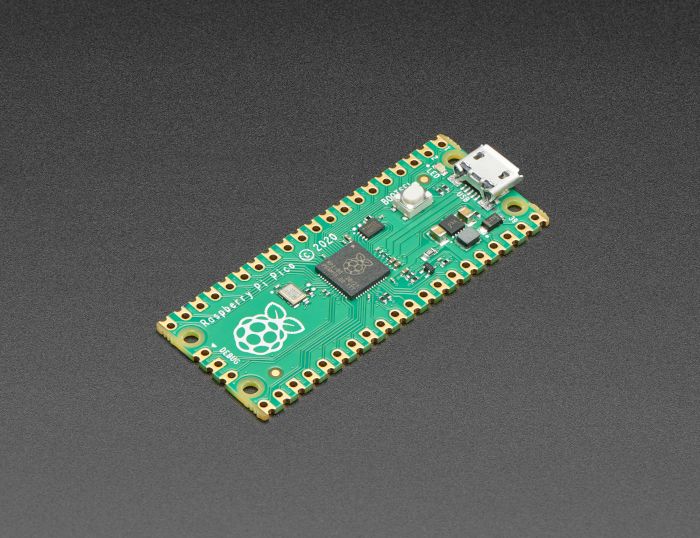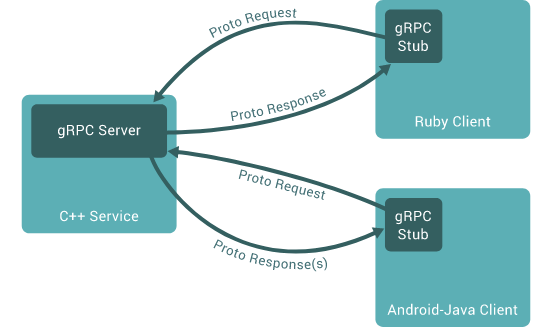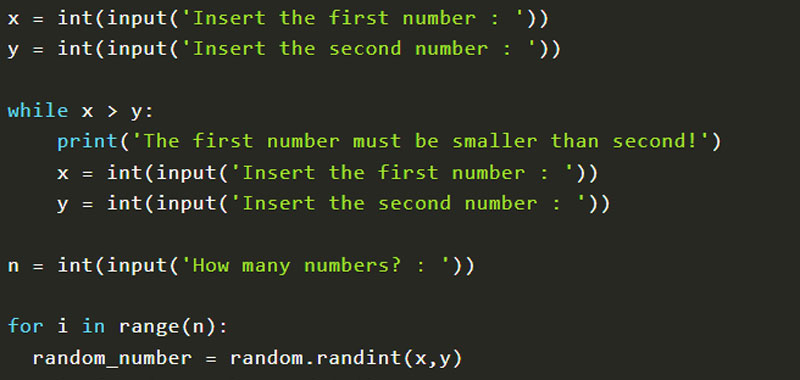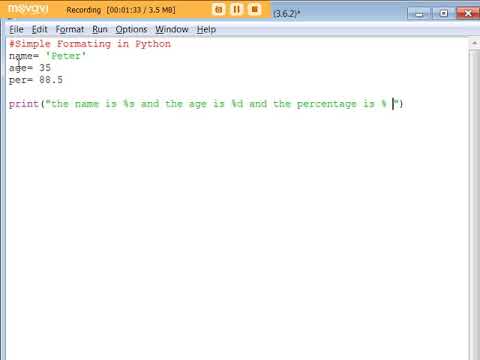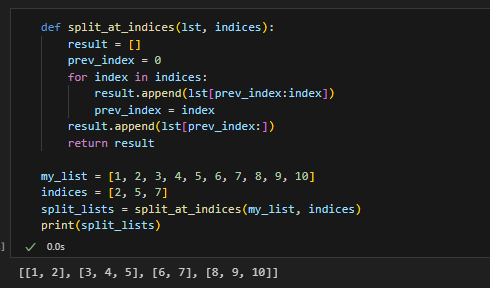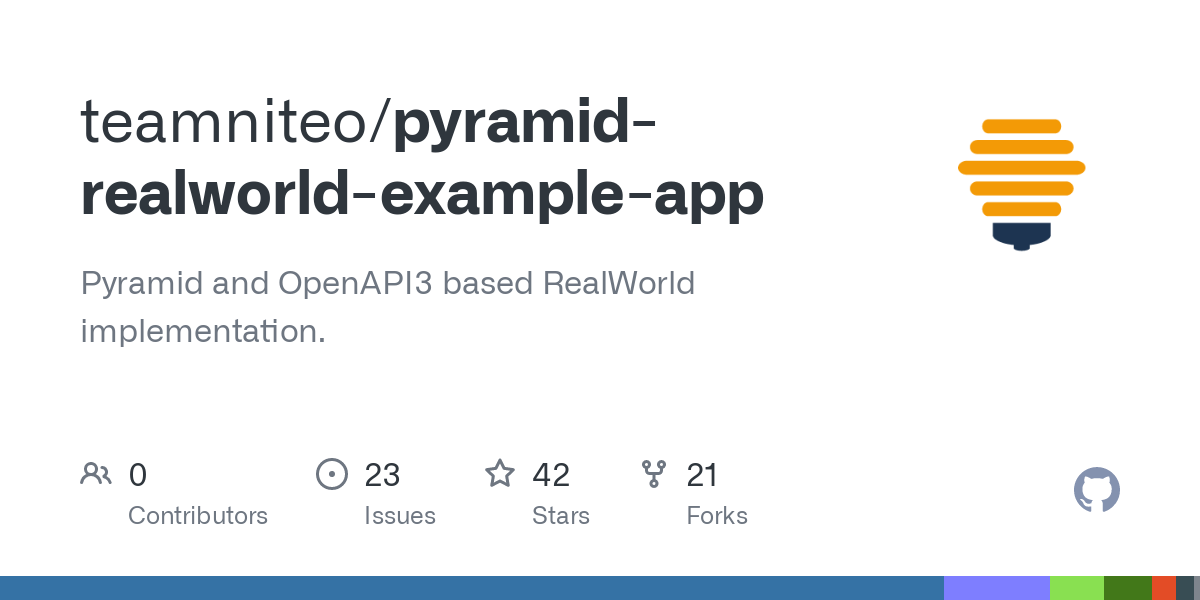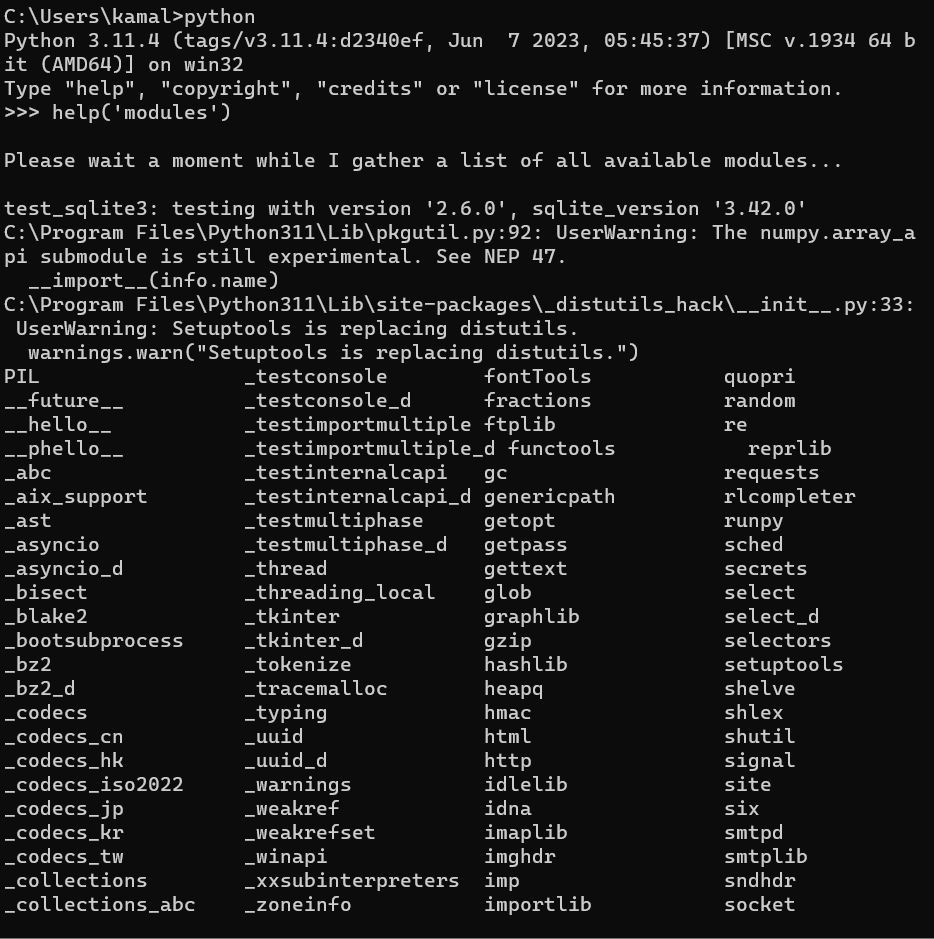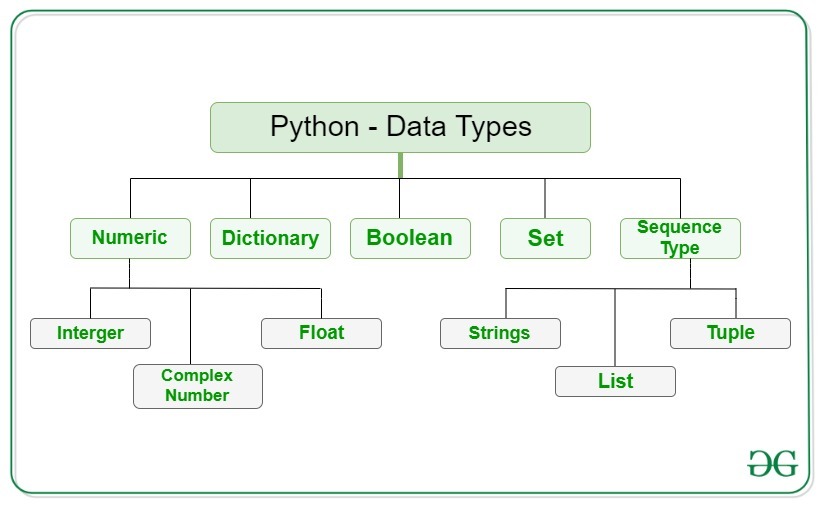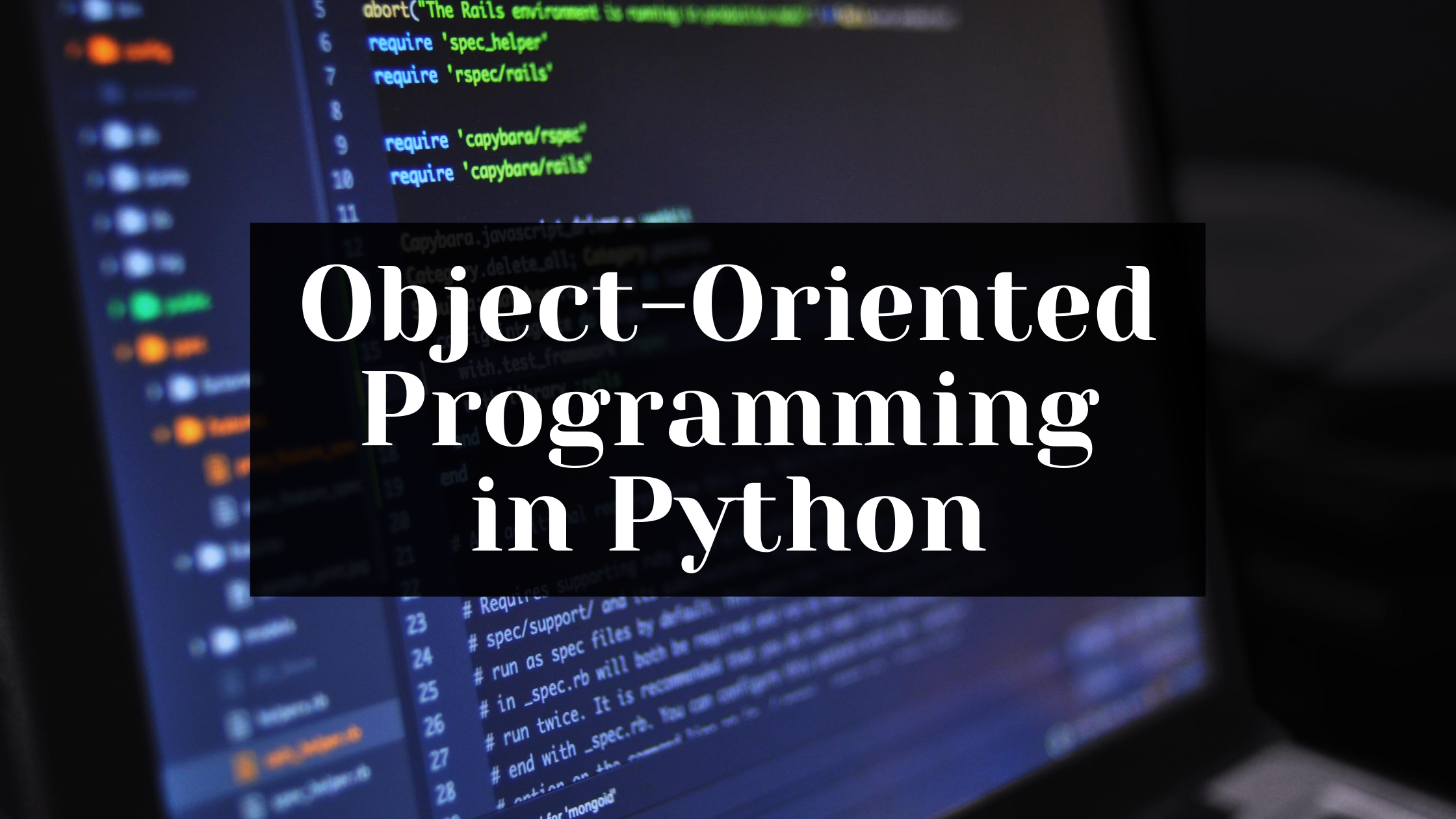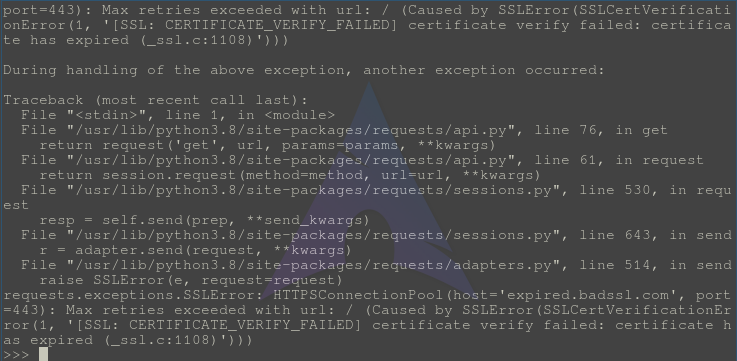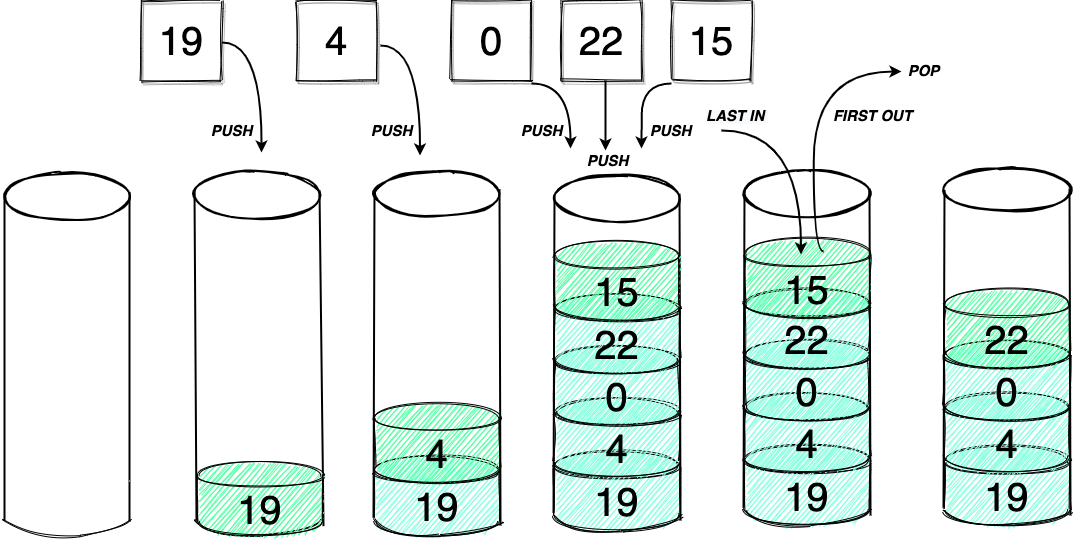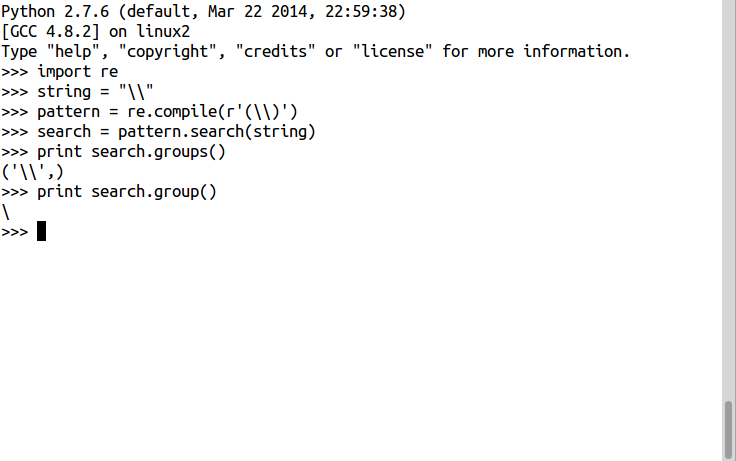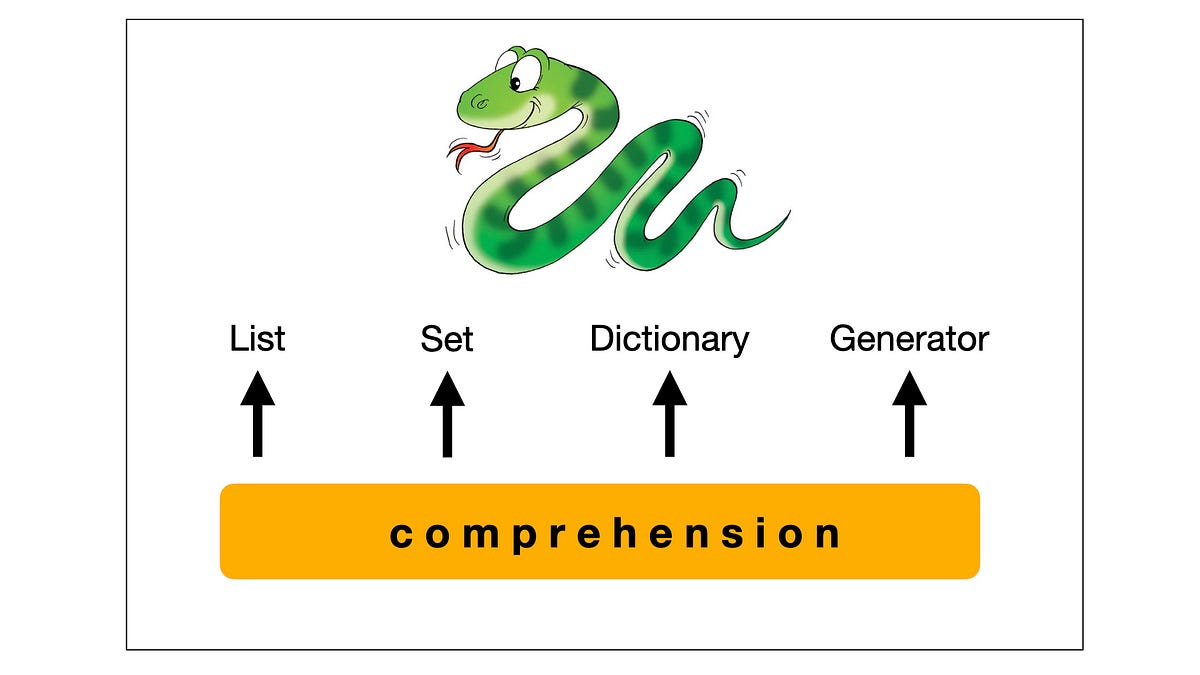How does Python support the use of statements and context managers?
How does Python support the use of statements and context managers?
Python provides excellent support for the use of statements and context managers through its syntax and built-in features.
Statements
In Python, a statement is an executable line of code that performs some operation. Statements can be classified into two main categories: simple statements and compound statements.
Simple Statement: A simple statement is a single line of code that performs a specific operation. Examples include assignment statements, print statements, and function calls. Compound Statement: A compound statement is a group of simple statements that are executed together. Compound statements can be used to perform complex operations, such as looping or conditional execution.Python's syntax supports the use of statements through the following features:
Indentation: Python uses indentation (spaces or tabs) to define block-level structure. This allows for easy grouping of statements into compound statements. Colons and brackets: Python uses colons (:) and brackets (``)` to define dictionary comprehensions, set comprehensions, and conditional statements.
Context Managers
A context manager is a special type of object that manages resources and ensures they are properly cleaned up after use. Context managers are used in Python's with statement, which provides a way to execute a block of code within a specific context, ensuring that the necessary setup and teardown operations are performed correctly.
Python provides built-in support for context managers through its __enter__ and __exit__ methods. These methods are called automatically when entering and exiting the with block, allowing you to perform setup and cleanup operations as needed.
Some key benefits of using context managers in Python include:
Improved code readability: Context managers help keep your code concise and readable by encapsulating complex setup and teardown logic. Reduced errors: By ensuring that resources are properly cleaned up after use, context managers reduce the risk of memory leaks or other issues. Flexibility: Context managers can be used with a wide range of resource types, from file handles to network connections.Some common examples of context managers in Python include:
open(): Used for working with files, ensuring that the file is properly closed after use. tempfile.TemporaryFile(): Used for creating temporary files, ensuring that the file is properly deleted after use. urllib.urlopen(): Used for opening network connections, ensuring that the connection is properly closed after use.
In summary, Python's support for statements and context managers makes it an excellent choice for writing robust, maintainable code. The language's syntax and built-in features allow you to write concise, readable code that is easy to understand and debug.
What are Python context managers?
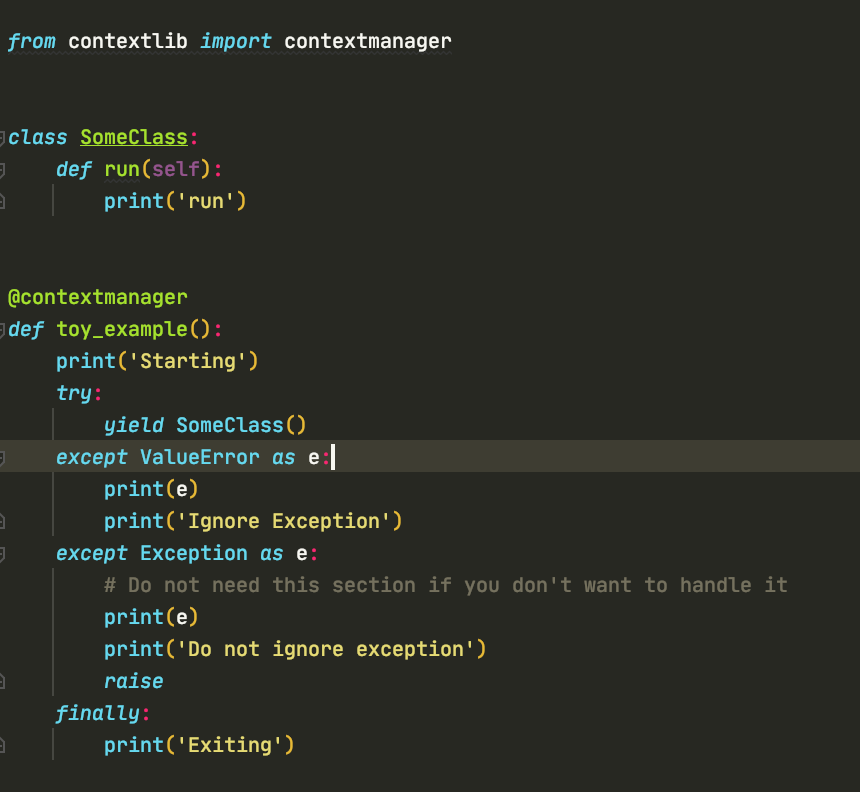
Python's context managers provide a way to ensure that specific tasks are completed before and after the execution of a block of code, regardless of whether an exception is thrown or not. This is achieved through the use of the with statement, which allows you to associate a block of code with a particular context manager.
A context manager is typically implemented as a class that defines two special methods: __enter__() and __exit__(). The __enter__() method is called when the execution enters the block associated with the context manager, while the __exit__() method is called when the execution exits the block. The purpose of these methods is to perform any necessary setup or cleanup tasks.
When you use a context manager in a with statement, Python will automatically call the __enter__() and __exit__() methods at the appropriate times. For example:
import osfrom tempfile import TemporaryDirectory
def create_file():
with TemporaryDirectory() as tmpdir:
file_path = os.path.join(tmpdir.name, "file.txt")
with open(file_path, "w") as f:
f.write("Hello, world!")
print(f"The temporary directory is: {tmpdir.name}")
In this example, the TemporaryDirectory context manager creates a temporary directory and ensures it gets deleted when we're done using it. The with statement is used to associate two blocks of code with the same context manager. The first block opens a file within the temporary directory and writes some text to it, while the second block prints out the path of the temporary directory.
Here are some key benefits of using context managers:
Exception handling: Context managers can catch and handle exceptions that occur within their scope. For example, if an exception is thrown during the execution of a block associated with aTemporaryDirectory manager, Python will automatically delete the temporary directory to prevent it from being left in an inconsistent state. Resource management: Context managers are well-suited for managing resources such as files, sockets, or network connections. By ensuring that these resources are properly cleaned up after use, you can avoid common issues like file descriptors not being released or network connections remaining open indefinitely. Code readability and maintainability: Context managers help to encapsulate complex logic and resource management tasks within a single class, making your code easier to read, understand, and maintain.
Some common examples of context managers include:
open and close methods for managing file resources try/finally blocks for handling exceptions and releasing resources with statements with various libraries (e.g., socket, tempfile, etc.) to manage network connections or temporary files
Overall, Python's context managers provide a powerful mechanism for ensuring that code is executed in a predictable and robust manner, even in the presence of exceptions. By using these constructs effectively, you can write more reliable, efficient, and maintainable code.

